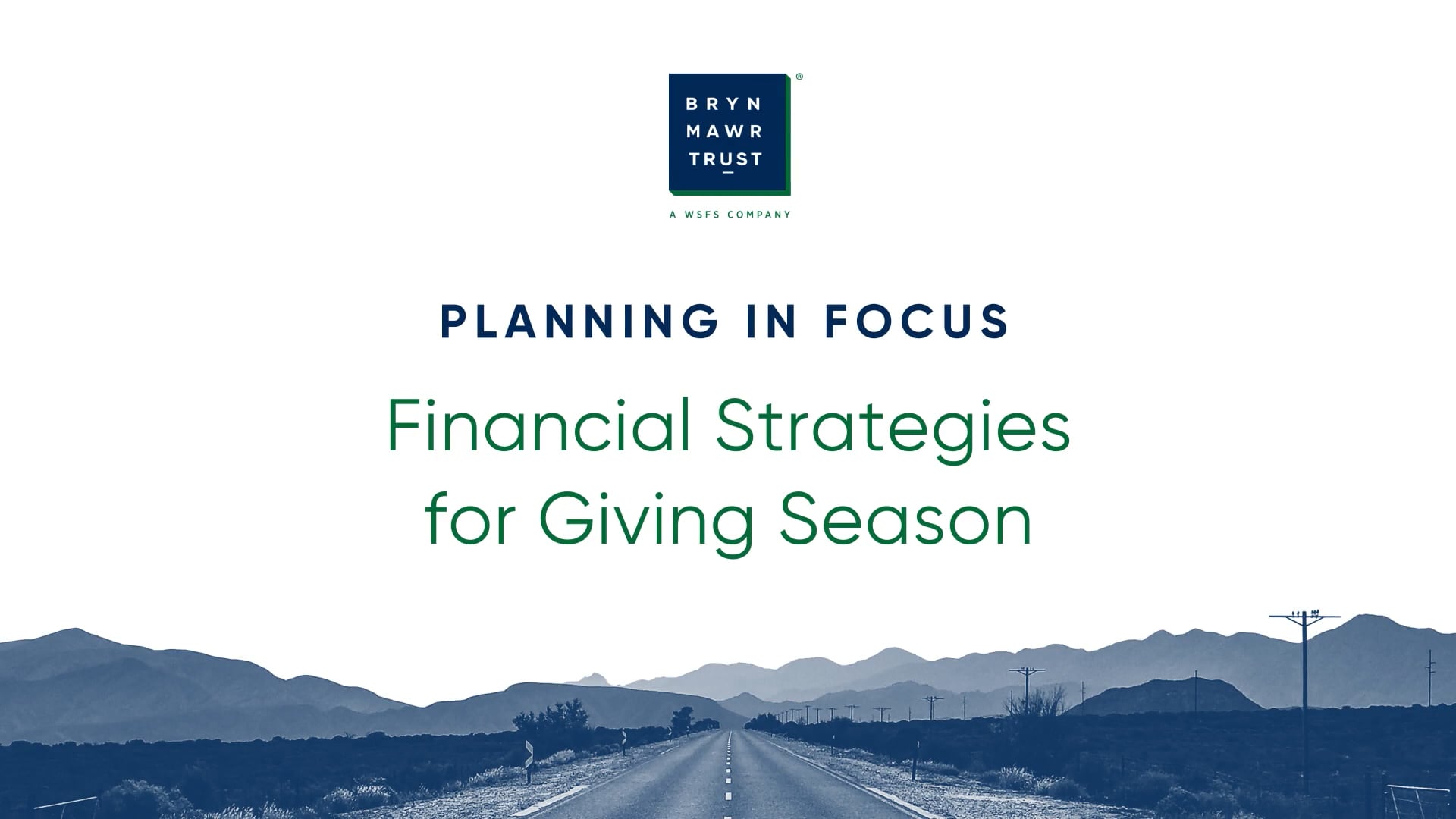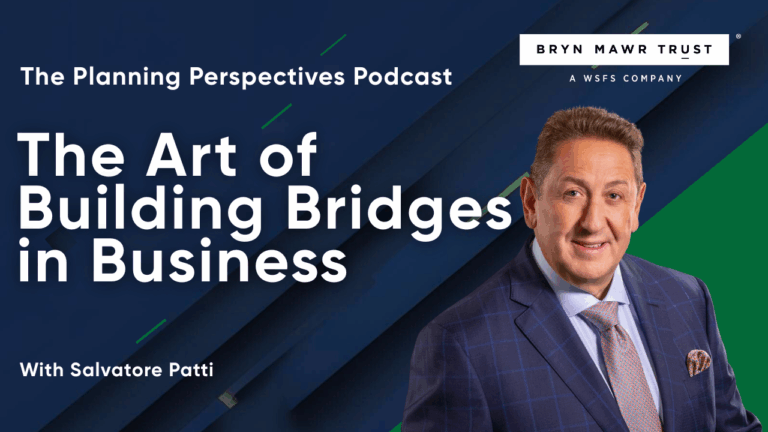The Hidden Truth: Your Tax Strategy IS Your Cash Flow Strategy

One of the basic tenets of the U.S. Internal Revenue Code is that everything has a cost, even if it’s not immediate. With few exceptions, all income gets taxed at some point. “At some point” is key. Taxpayers have some flexibility in recognizing income and paying tax on it. For example, if you own a stock that is up 50%, you can sell your shares and pay tax on that gain at any point. You can even buy back the shares immediately to reset your basis, so the gain is smaller the next time you sell the shares. Or, you could choose not to sell the shares and incur a larger gain and (potentially) pay more tax when you do sell later.
Retirement accounts are another example where you may consider taking the upfront tax break on a contribution to a traditional IRA and paying the tax on the distributions in the future. Paying the taxes now on the contributions to a Roth IRA and enjoying the benefit of tax-free distributions in retirement is also an option. In general, the hope and goal of tax planning is to pay the tax in a year when you have lower income and are paying tax at a lower rate.
Cash flow planning is critical when taxpayers are in retirement. “We’re on a fixed income,” is a common refrain, and every dollar matters. For example, if someone who is retired in their 60s needs to pull $30,000 annually from a Traditional IRA for living expenses, they’ll pay ordinary tax on those distributions, say 10% or $3,000. That leaves them with three options to pay the tax:
- They can increase their IRA distribution by the expected tax amount. But they will need to account for the tax on the additional distribution amount. That means they will need to withdraw $33,333 from IRA to net $30,000 after taxes.
- They can sell some securities in a brokerage account to cover the $3,000 tax. There may be taxes on those sales but due to the lower long-term capital gain tax rates, they may pay less in taxes and planning could reduce the tax on the sale even further.
- They could pay $3,000 from a cash savings and incur no additional tax.
If that same retiree has a Roth IRA, another option to cover living expenses is to pull out $30,000 from the Roth IRA tax-free. An advisor can help determine how tax payments are funded which can affect the overall tax impact on a retirement nest egg.
It’s important to note that while converting Traditional IRA dollars to Roth IRAs to reduce taxes later in retirement can be attractive, that benefit comes at a cost – you pay ordinary tax now on those conversions. If you didn’t have the cash set aside for the tax payment in April, you may have a big tax liability that you didn’t plan to cover. If outside cash is not available, you could withhold from the converted amount, which waters down the benefit (and could result in early distribution penalties if applicable).
As you plan your tax strategy, there’s three important points to plan for.
- Identify how and from where tax on retirement account distributions will be paid. In a similar vein, high-earners and businesses must pay close attention to their tax liabilities and how they will pay the amounts due.
- For high earners, when W-2 withholding does not fully cover the year’s tax liability, set aside money from annual bonuses and equity payouts to pay the additional tax and maintain monthly cash flow.
- Business owners need to plan and budget for quarterly estimated tax payments, which don’t always align with cash inflows from the business.
When planning for taxes, you must plan to ensure sufficient cash is available to cover tax payments. Additionally, cash flow planning must account for the taxes associated with the transactions needed to provide the cash flow.
Tax planning and cash flow planning are intertwined and should be considered in tandem for effective financial management. Whether it’s maximizing your tax savings or ensuring you have the cash flow you need in retirement, planning is essential. Don’t leave your financial well-being to chance. Start by contacting a BMT advisor who can help review your tax and cash flow strategies today.
Begin your journey
Have questions?
Speak with an financial expert.







